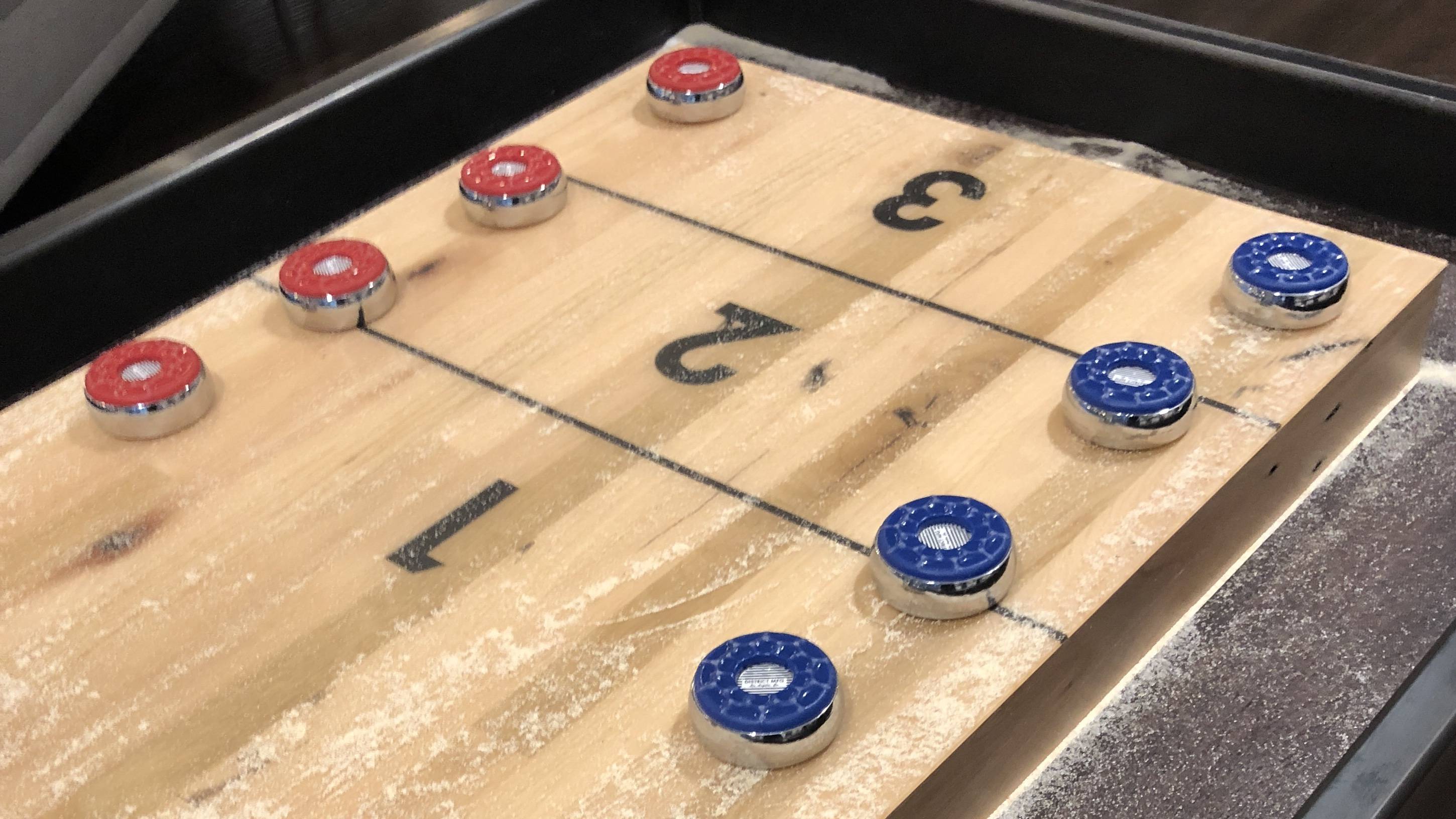
Billiards, a skill-based sport, requires that players hit the cue ball from a certain angle. This allows the cue ball to travel at a certain speed and gives it a spin. However, a lot of players shoot their shots haphazardly without any regard for the angle. If you're a beginner, you can take some time to learn about the different positions you can hit the cue ball in order to get a clear idea of where you should be hitting it.
The first and most important part of getting a good grip on the game is to be sure you understand the different angles you can aim for. Taking the time to practice the different options and how they affect your play can save you from making some costly mistakes. Learning the different angles of each shot can give you confidence and help you make better shots in future.

You can use a notepad or a pen to record your angles. Each time you hit the cueball, think about the implications for the rest. You should also have a general plan for each shot. You should aim for the center of the cue ball to draw it back. But remember, it will not do much good if you don't follow through.
You can also practice your cue ball skills by playing a few rounds. Online pool is another option. You can use the web version of the game to place the cue ball and tap it with the left mouse button. Once you have mastered the basics, you can start playing real pool.
It is difficult to achieve the correct cue ball angle. It can be difficult, but it is possible with a little trial and error. Take the time to hit it with the correct angle, and use good follow-through techniques. Your chances of hitting the ball with a successful shot are slim.
Here are some things you should consider when hitting the cue balls. There is no magic number. However, it is best to aim for areas that are free from interference from other players. In order to get the best result possible, you need to know how to properly use English.

A tangent line refers to a line the cue ball follows after impact. A good tangent line should start from the center of the cue ball and run perpendicular to the direction it is moving. If the cueball is rolling, having a tangent lines will be very helpful. At the same time, the speed of the ball can be a factor in determining the direction of the tangent line.